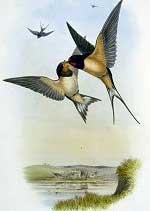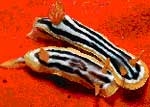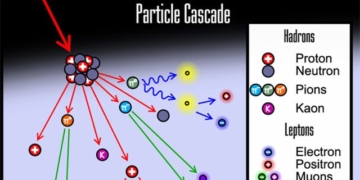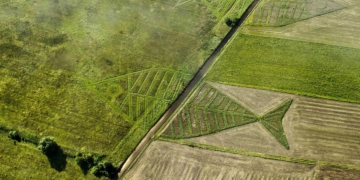Scientists believe that vampire finches have evolved blood-drinking behavior to survive in harsh environments with scarce resources.
The Galápagos Islands are home to 13 different species of Darwin’s finches, all of which evolved from a common ancestor. Each species has adapted to its own environment and adjusted its diet accordingly. Some finches prefer seeds, flower nectar, pollen, and insects, while others have developed a taste for the blood of larger seabirds.
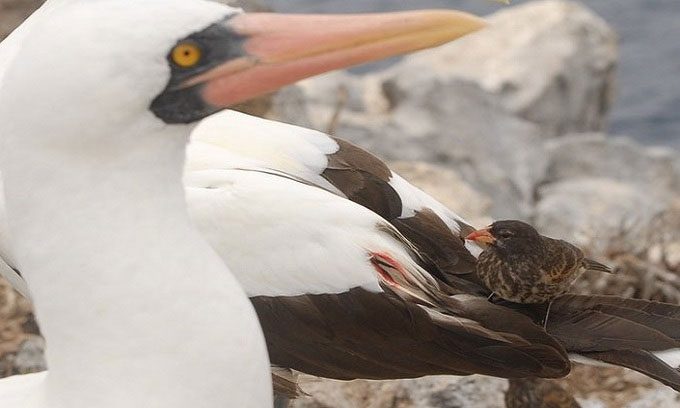
The vampire finch attacking a blue-footed booby. (Photo: Jaime Chaves).
On Darwin Island and Wolf Island, located within the vast marine reserve of the Galápagos archipelago, there exists a blood-drinking finch species. First discovered in 1964, the vampire finch (Geospiza septentrionalis) uses its sharp beak to pierce the wings of a large seabird known as the blue-footed booby (Sula granti) and drink its blood.
Drinking blood may seem like an unusual diet for finches, but given their adaptability, this behavior is not entirely surprising. It is believed that finches arrived on Darwin and Wolf Islands around 500,000 years ago. Charles Darwin, the English naturalist, visited the Galápagos Islands in September 1835. He observed the differences in the diets of finches across various islands and later examined their beak sizes. Beak size varies as finches develop distinct preferences based on the available food sources.
Because these islands are located in a remote area with extremely harsh conditions, food can become scarce during the dry season. Vampire finches coexist with seabirds, including the red-footed booby and the blue-footed booby, feeding on parasites that inhabit the skin and feathers of these larger birds. They may have developed a taste for blood while creating open wounds while feeding on parasites. Eventually, finches learned to access the blood supply by pecking at the wings of the larger birds. According to researchers Kiyoko Gotanda from the University of Cambridge, Daniel Baldassarre from New York University, and Jaime Chavez from the University of San Francisco, the vampire finches rely on blood when they cannot find other food sources such as seeds and insects. However, blood is not an essential nutrient source as it contains high levels of salt and iron.
Vampire finches possess a type of gut bacteria (Peptostreptococcaceae) that may help them process and digest salt and iron. Even though blood is not the most efficient source of nutrition, in situations where food is lacking, they are willing to attack seabirds and their chicks. They intentionally peck at the base of the tail, where the oil glands of the chicks are located, and drink the blood that flows from the wounds.









































